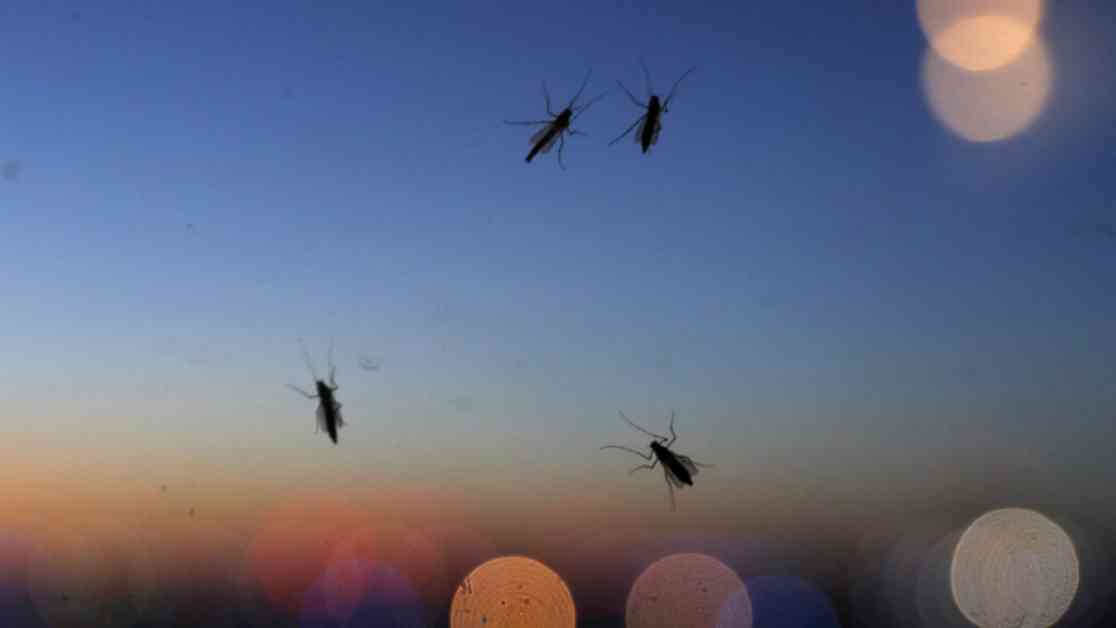Nearly two dozen cases of the Oropouche virus have been detected in travelers returning to the United States this summer, according to the Centers for Disease Control and Prevention (CDC). The virus, which was previously little-known, has gained attention due to reports of deaths and potential birth defects in babies infected during pregnancy.
### **Outbreak in Cuba**
All 21 confirmed cases of Oropouche virus in the United States have been linked to travelers who visited Cuba, which is currently experiencing its first recorded outbreak of the virus. Referred to as “sloth fever,” Oropouche has been identified in 20 individuals from Florida and one from New York State. The findings were published in the CDC’s Morbidity and Mortality Weekly Report by public health scientists from Florida and New York.
Erin Staples, a medical epidemiologist at the CDC, advised pregnant women to avoid non-essential travel to areas with ongoing Oropouche outbreaks. This caution comes in light of reports of the virus spreading in several South American countries, including Cuba. Health care providers have been alerted to be vigilant for symptoms of Oropouche infections in returning travelers, with Spain, Italy, and Germany also reporting cases in recent months.
### **Health Concerns and Risks**
Two deaths in Brazil have been linked to Oropouche fever, marking the first reported fatalities associated with the virus. Additionally, there have been reports of vertical transmission of the virus from pregnant individuals to their fetuses, resulting in stillbirths, spontaneous abortions, and congenital malformations. The Pan American Health Organization (PAHO) and the World Health Organization are actively investigating these cases, particularly those involving babies born with microcephaly.
PAHO has issued a risk assessment indicating a high likelihood of further spread of the Oropouche virus due to population movements within and between countries, as well as environmental factors. The organization warns of the potential for increased transmission of the virus, which has already caused a surge of cases in South America this year.
### **Symptoms and Treatment**
Symptoms of Oropouche virus infection can include fever, severe headache, chills, muscle aches, joint pains, sensitivity to light, dizziness, pain behind the eyes, nausea, vomiting, and rash. In severe cases, individuals may experience hemorrhagic symptoms such as bleeding gums or neuroinvasive illness like meningitis. However, less than 5% of those infected are expected to develop these severe symptoms.
Currently, there is no vaccine or specific treatment for Oropouche virus. The CDC recommends rest, fluids, and acetaminophen to alleviate symptoms, while cautioning against the use of aspirin and non-steroidal anti-inflammatory drugs due to the risk of exacerbating hemorrhagic symptoms.
### **Transmission and Prevention**
Oropouche virus is primarily spread by biting insects, specifically midges and mosquitoes. While the virus is known to circulate among birds, sloths, and certain primates, it can also infect humans when bitten by infected insects. The CDC emphasizes the importance of avoiding insect bites to prevent Oropouche infection, as there is no current method of vaccination.
Although the risk of widespread transmission of Oropouche in the United States is considered low, the presence of potential vector species in North America raises concerns. A study published in 2021 suggested that certain midges found in the U.S. could transmit the virus if infected. However, lifestyle factors such as air conditioning may mitigate the risk of transmission, as people tend to spend time indoors during peak mosquito activity.
### **Global Impact and Research**
Oropouche virus was first discovered in Trinidad in 1955 and has since been reported in various South American countries, with Brazil being particularly affected. PAHO has recorded over 8,000 confirmed cases of the virus this year, predominantly in Brazil’s Amazon region. Other countries reporting transmission include Colombia, Cuba, Bolivia, and Peru.
Research on Oropouche virus continues to uncover new information about its behavior and spread. The virus’s ability to infect multiple animal species, including humans, underscores the need for ongoing surveillance and prevention efforts. As the global health community grapples with emerging infectious diseases like Oropouche, collaboration and research are crucial to understanding and containing threats to public health.

















